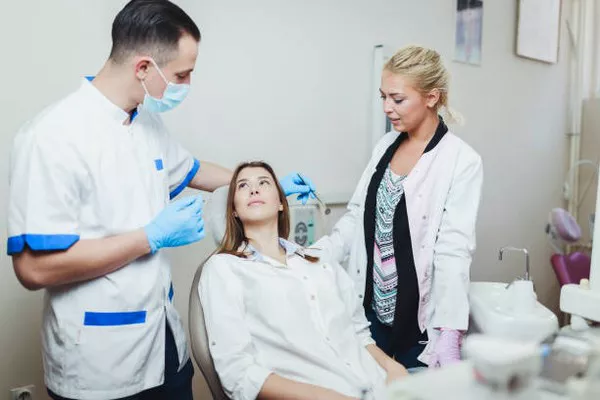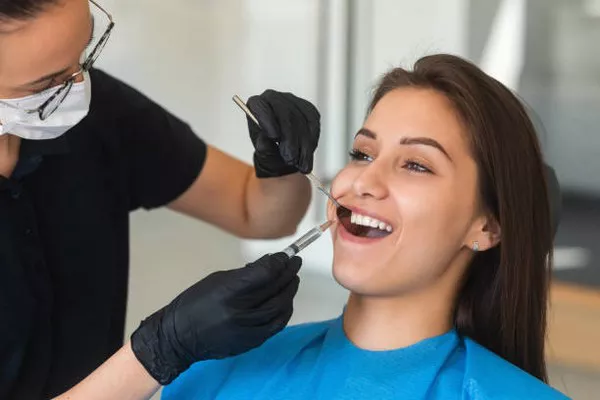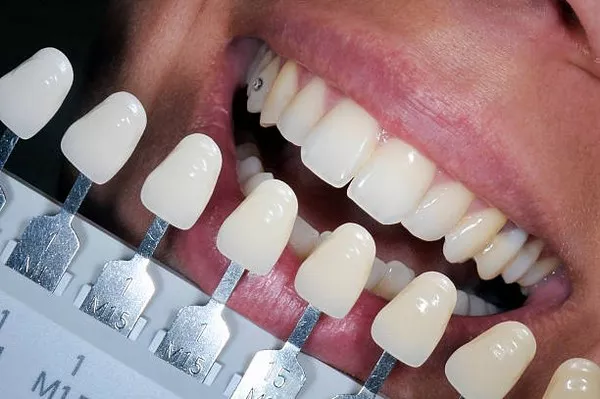The desire for a bright, white smile has become increasingly popular in recent years. However, with so many teeth whitening options available, it can be difficult to determine which method is the safest and most effective. In this article, we will explore the various methods of teeth whitening and provide insight into the safest way to achieve a brighter smile.
Understanding Teeth Discoloration
Before we dive into the best methods for teeth whitening, it is essential to understand the causes of tooth discoloration. There are two main types of tooth stains: intrinsic and extrinsic.
Extrinsic stains occur on the surface of the tooth and are often caused by factors such as tobacco use, food and drink consumption (particularly dark-colored beverages like coffee or red wine), and poor dental hygiene. These stains tend to respond well to teeth whitening treatments.
Intrinsic stains, on the other hand, occur within the tooth and can be caused by a variety of factors such as trauma, genetics, certain medications, and excessive fluoride consumption during early childhood. Intrinsic stains can be more challenging to treat and may require more aggressive treatment methods.
Teeth Whitening Options
There are several teeth whitening options available, ranging from over-the-counter products to professional dental treatments. Let’s explore some of the most common methods:
Whitening Toothpaste – Whitening toothpaste contains mild abrasives that help remove surface stains. While they may not produce dramatic results, they can be a good option for maintaining a brighter smile.
Whitening Strips – Whitening strips contain peroxide-based gels that are applied to the teeth for a set period. While they may produce noticeable results, they can cause sensitivity and should be used with caution.
Tray-Based Whitening – Tray-based whitening involves custom-fitted trays filled with a peroxide-based gel that is worn for a specified time each day. This method can produce more significant results than strips but can also cause sensitivity.
In-Office Whitening – In-office whitening is performed by a dental professional and involves the application of a high-concentration peroxide gel to the teeth, often using a light or laser to enhance the effects. This method produces the most dramatic results but can also be the most expensive and may cause sensitivity.
The Safest Way to Whiten Your Teeth
While there are several teeth whitening options available, the safest way to achieve a brighter smile is through professional dental treatments. In-office whitening is the most effective way to whiten teeth while minimizing the risk of damage or sensitivity.
When performed by a trained dental professional, in-office whitening treatments use high-quality materials and techniques that are not available in over-the-counter products. Additionally, your dentist can monitor the progress of your treatment and adjust the concentration of the whitening gel as needed for optimal results.
It is important to note that whitening treatments should only be performed on healthy teeth and gums. Any underlying dental issues such as cavities or gum disease must be treated before undergoing any whitening procedures.
Maintaining a Bright Smile
Once you have achieved a brighter smile through professional whitening treatments, it is essential to maintain good oral hygiene to prevent future discoloration. Brushing twice daily, flossing daily, and visiting your dentist regularly for cleanings and check-ups can help keep your teeth looking their best.
Additionally, limiting consumption of stain-causing foods and beverages can help prevent new stains from forming. If you do indulge in these items, rinse your mouth with water after consuming them to minimize staining.
Conclusion
While there are many teeth whitening options available, the safest and most effective method is through professional dental treatments. In-office whitening can produce significant results while minimizing the risk of damage or sensitivity. However, it is important to maintain good oral hygiene habits and limit consumption of stain-causing foods and beverages to keep your smile looking bright and healthy.
Related Topics:




























